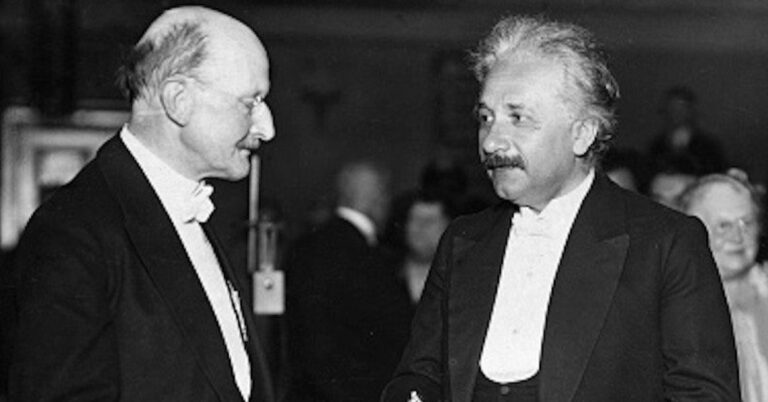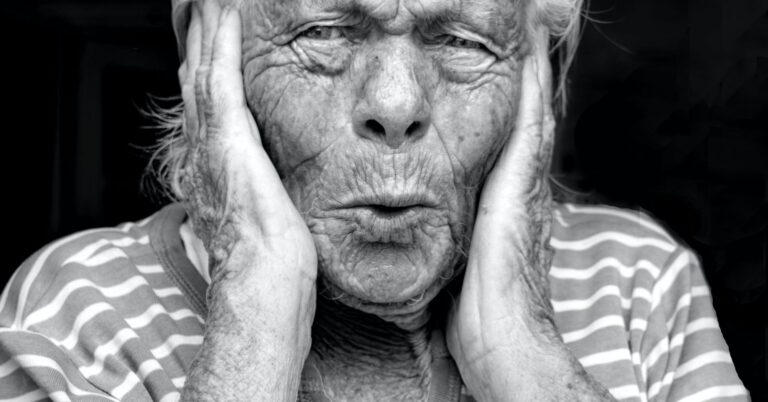A neglected aspect of human psychology concerns the impact of the physical environment on mental health and mood. Folk psychology will tell you that buildings, outdoor spaces, and interior décor matter in determining mood, but there is very little research about this within psychology journals. When thinking about factors within the physical environment that might influence mental health or mood, colour might be as important as space and structure in buildings and landscape. Colour is a curious aspect that can unify the natural and built environment, but which can be perceived differently, and have different impacts on mood, depending on memories and meanings attributed to different colours in different people.
Exactly what is colour psychology?
It is the idea that different colours have certain effects on human emotions and mood. The term is common in marketing, art, design and architecture yet there is very little empirical evidence to support assumptions about colour psychology. In fact, colour research is a huge area of study, yet few psychologists have contributed their ideas or evidence to the field. One fascinating article discussed the role of biology, light wavelengths, and the circadian rhythm in colour perception, considering whether it can explain why, for example, the colour blue is supposed to make people feel calm whereas red is supposed to awaken strong emotions [1]. In reality, the impact of colour might depend on associative memories in the sense of feelings or ideas evoked by colour perception during childhood and adulthood, consciously or unconsciously.
Mood and monochrome
An illustration of the impact of cultural trends is the previous popularity of monochrome interior décor, where people had white furniture, cream carpets, and white walls. Some people find such colours calming, but that might not be because of the colours themselves but because of things that happened around décor with such colours in the past or cultural norms about them. When advertising jingles encouraged people to “chuck out that chintz,” it made them feel that interior décor comprising of floral patterns and busy colours was outdated, therefore it is unsurprising that such people would have welcomed the monochrome trend when it became popular. Concurrently, the trend was represented in movies and popular television series that showed monochrome sets that seemed cool and trendy.
The red-romance hypothesis and pink the tranquiliser
A meta-analysis was conducted to explore what researchers call the “red-romance hypothesis”—something that people who watch romcoms will have noticed [2]. In their introduction, the researchers discussed fascinating trends about colour, such as the fashion for painting prisons and visiting football teams’ locker rooms pink. The idea that pink is a tranquiliser was inspired by research which suggested that it is a colour which reduces aggression [3]. The meta-analysts [2] also discussed Elliot and Maier’s “colour-in-context theory” which inspired research about what the field calls the “red-romance hypothesis.” That is the idea that the colour red evokes romantic attraction and emotions. The meta-analysis found that, across several studies, red increased men’s ratings of women, and women’s ratings of men, albeit with small but still significant effect sizes. It found that the trend may have declined with time, possibly due to changes in cultural trends about the colour red. It is possible that people think about romance when they see the colour red because people have seen those associations in movies, chocolate boxes, love-shaped balloons, and other cultural representations of romance.
Biology versus culture in colour psychology
Whereas studies about the biology of colour perception exist, less is known about the impact of colour within the physical built environment on human mood and mental health from a cultural lens. Perhaps researchers are asking the wrong questions by trying to come up with biological theories about what the colour red, blue, or something else does to mood. In considering whether colour psychology exists, a better question is understanding the things that contribute to how people feel about different colours. That will be the key to understanding the role of colour in therapy and positive psychology.





















+ There are no comments
Add yours